
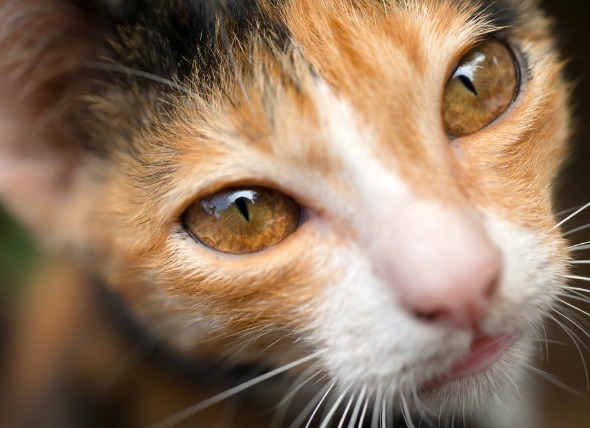
The uvea is the dark tissue at the front of the eye that contains the blood vessels. When the uvea becomes inflamed, the condition is referred to as anterior uveitis (the literal translatiobn of which is inflammation of the front of the eye). This very painful condition affects the cat's iris and the surrounding pupil tissue, which in turn, may threaten your cat's vision.
Anterior uveitis may be due to different causes, including:
In addition, viruses are another cause of anterior uveitis in both animals, however, the viral agents are different for each species. In cats, feline leukemia, feline immunodeficiency, and feline infectious peritonitis viruses all bring on anterior uveitis.
Your veterinarian will want a complete medical history and will conduct a physical examination, usually using a special instrument to look at the eye (ophthalmoscope). The front of the inside of the eye, as well as the back part, will be examined to measure the pressure within the eye. The veterinarian will also order a complete blood count and a biochemical profile. This will be used to identify any autoimmune diseases, infectious organisms, or other diseases. Other tests for diagnoses include ultrasounds and X-rays of the eye, as well as an aspirate from the eye for microscopic examination.
The course of treatment will depend on the diagnosis. However, this generally consists of prescribed drops or ointments to put in the cat's eye, as well as oral medications to reduce any pain or inflammation.
Specific treatment will be recommended depending on the cause of the disease. For example, if infection is found, an antibiotic topical drug will be prescribed. If the underlying cause is a fungus, anti-fungal drugs will be prescribed.
In extraordinary and rare situations (e.g., if there is a tumor causing secondary complications such as glaucoma), the veterinarian may recommend surgically removing the eye.
Pay attention to all of your veterinarian’s instructions. Putting medication in a pet's eye can be challenging, but it must be done for the sake of your animal. Take time every day to look at your pet’s eye carefully and look for any changes. Follow-up appointments are needed so that the veterinarian can examine the eye at regular intervals.
It is also important to check the environment your pet lives in. Is it possible that it is contracting an infection -- especially a fungal infection -- there? You may need to make some changes in your animal's accommodations.
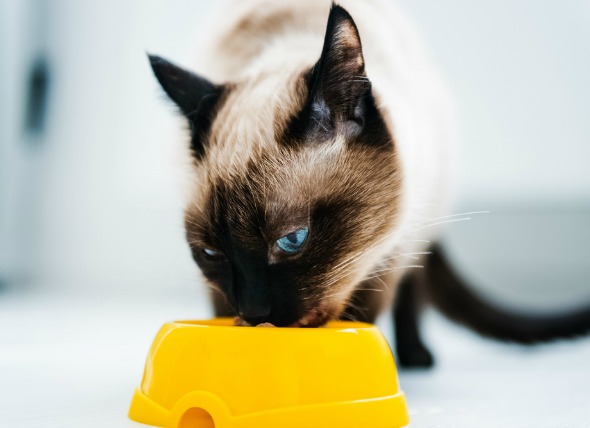 Increased Appetite in Cats
Polyphagia in Cats
Polyphagia is the name of a me
Increased Appetite in Cats
Polyphagia in Cats
Polyphagia is the name of a me
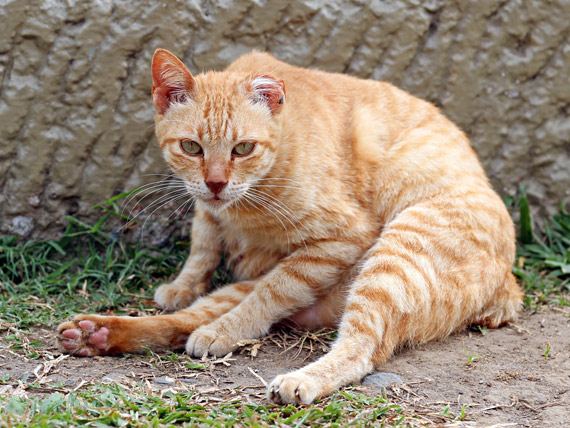 Mange in Cats
Demodicosis, or Mange in Cats
Demodicosis, or dem
Mange in Cats
Demodicosis, or Mange in Cats
Demodicosis, or dem
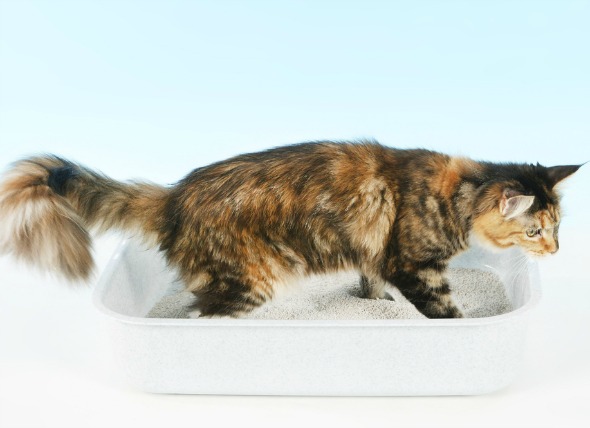 Diarrhea (Long-term) in Cats
Chronic Diarrhea in Cats
Feline chronic diarrhea
Diarrhea (Long-term) in Cats
Chronic Diarrhea in Cats
Feline chronic diarrhea
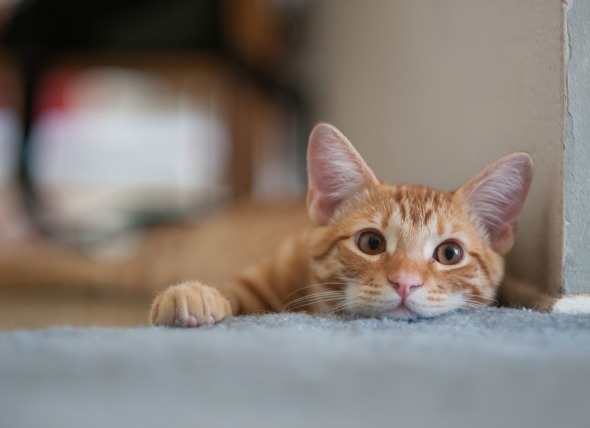 FIV or Feline AIDS in Cats
Feline Immunodeficiency Virus Infection (F
FIV or Feline AIDS in Cats
Feline Immunodeficiency Virus Infection (F
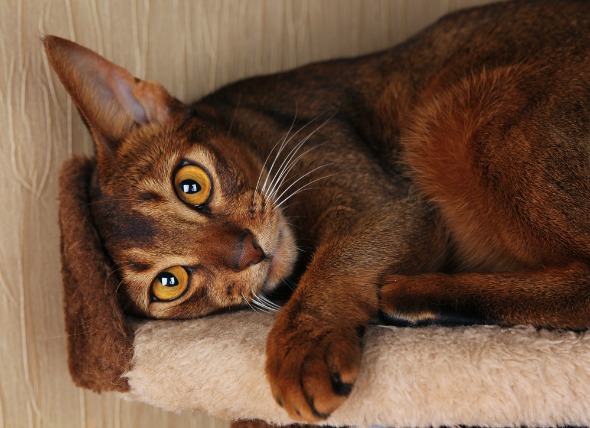 Heart Attack in Cats
Myocardial Infarction in Cats
Much like in humans
Heart Attack in Cats
Myocardial Infarction in Cats
Much like in humans
Copyright © 2005-2016 Pet Information All Rights Reserved
Contact us: www162date@outlook.com